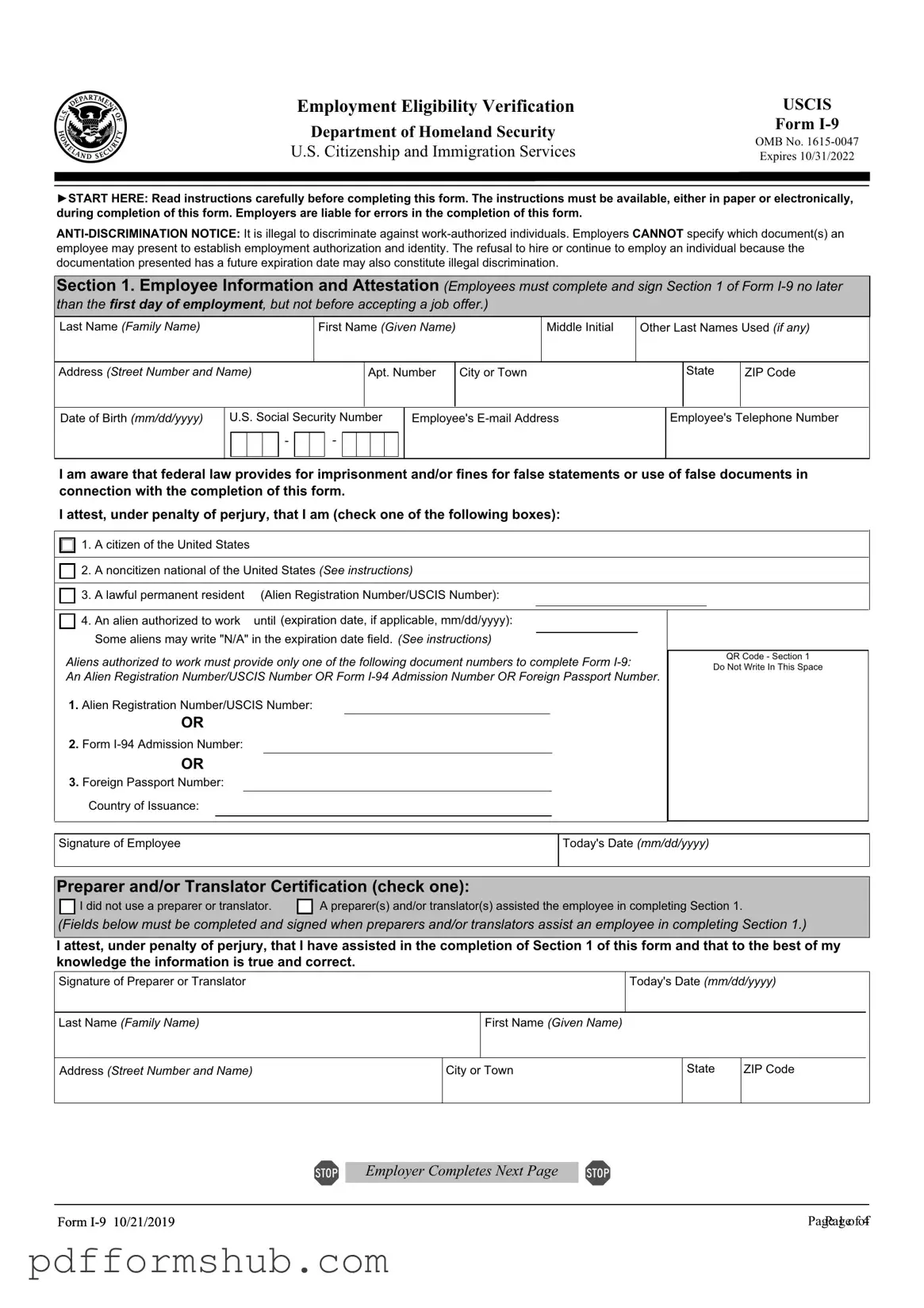The USCIS I-9 form plays a crucial role in the employment verification process in the United States, serving as a vital tool for employers to confirm the identity and work eligibility of their employees. This form requires both the employer and the employee to provide specific information, including personal details such as name, address, and date of birth, as well as documentation that proves the employee's legal right to work in the country. Employers must complete Section 2 of the form within three business days of the employee’s start date, examining and recording the details of the identification documents presented. Additionally, the I-9 form must be retained for a designated period and made available for inspection by authorized government officials. Understanding the nuances of the I-9 form is essential for both employers and employees, as compliance is not only a legal requirement but also a safeguard against potential penalties and legal issues. This article will delve into the various sections of the form, the types of acceptable documents, and the implications of non-compliance, ensuring that both parties are well-informed about their responsibilities and rights in the employment verification process.
